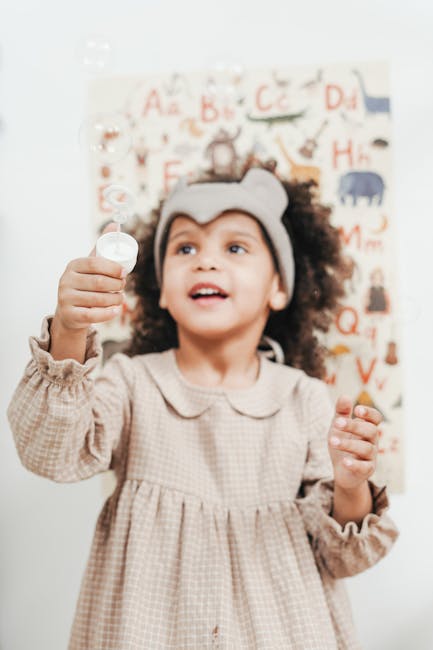Arabic Alphabet for Kids: Fun and Interactive Learning Techniques
Learning the Arabic alphabet can be an exciting journey for kids, especially when approached with creativity and fun. In this blog post, we’ll explore some engaging methods to help children grasp the Arabic script with ease and enjoyment. Whether you’re a parent, teacher, or tutor, these techniques will make the learning process a memorable adventure. 🧑🏫📚
Table of Contents
1. Introduction
2. Interactive Learning Techniques for the Arabic Alphabet
2.1. Flashcards with a Twist
2.2. Arabic Alphabet Songs 🎵
2.3. Digital Apps and Games 🎮
3. Hands-On Activities
3.1. Crafting with Letters ✂️
3.2. Storytelling and Role Play
4. Conclusion
5. FAQ Section
Interactive Learning Techniques for the Arabic Alphabet
Flashcards with a Twist
Flashcards are a classic tool, but let’s spice them up! Create flashcards with not just the letters, but also include a picture and a word that starts with that letter. For example, the letter „ب“ with a picture of a „بطة“ (duck). This multisensory approach aids memory retention and makes learning more engaging. 🦆
Arabic Alphabet Songs 🎵
Music is a powerful tool for memorization. Introduce kids to catchy Arabic alphabet songs. Singing along helps them remember the sequence of letters and their sounds. Plus, it’s a fantastic way to incorporate rhythm and melody into learning. You might even find yourself humming along! 🎶
Digital Apps and Games 🎮
In today’s digital age, there are numerous apps and games designed to teach the Arabic alphabet interactively. These platforms often include colorful graphics, interactive quizzes, and rewarding systems to keep children motivated. Check out apps like „Alif Baa Taa“ which are specifically designed for young learners.
Hands-On Activities
Crafting with Letters ✂️
Kids love crafts, and incorporating the Arabic alphabet into art projects can be both fun and educational. Encourage children to create letters using playdough, or draw and decorate each letter. This tactile experience reinforces their learning and allows them to express creativity.
Storytelling and Role Play
Create simple stories or role-playing games that incorporate Arabic letters and words. Children can act out these stories, using props or puppets. This method not only helps with letter recognition but also with understanding the context of words in everyday life.
Conclusion
Teaching the Arabic alphabet to kids doesn’t have to be a daunting task. By using fun and interactive methods, we can transform learning into an enjoyable experience. Remember, the key is to keep activities varied and engaging, ensuring that children remain curious and motivated throughout their learning journey. Happy teaching! 🌟
FAQ Section
Q1: What age can children start learning the Arabic alphabet?
A1: Children can start as early as preschool age, around 3 to 4 years old, depending on their interest and attention span.
Q2: How often should practicing the Arabic alphabet be done?
A2: Consistent practice is key. Aim for short, daily sessions of 10-15 minutes to keep children engaged without overwhelming them.
Q3: Are there any online resources for parents to use at home?
A3: Absolutely! Websites and apps like „Alif Baa Taa“ and „Fun with Arabic“ offer interactive lessons and activities that can be used at home.
Q4: How can I make learning the Arabic alphabet more engaging for my child?
A4: Incorporate a mix of music, games, and crafts. Personalize the learning experience based on your child’s interests to keep them motivated.






